Jaw Growth Modification in Children
At SmileTown Orthodontics Braces & Invisalign, we help manage the growth and development of our young patients' facial structures through jaw growth modification. Our team works together to diagnose and correct issues.
What is jaw growth modification?
Orthodontics and dentofacial orthopedics is a branch and specialty of dentistry. While an orthodontist's job is to straighten teeth and manage their movement, dentofacial specialists guide a patient's facial growth and jaw development.
This mostly occurs during childhood when bone and muscle are developing. In the field of dentofacial orthopedics, we focus on improving the position and dimensions of the bones that house the teeth.
Because our jaw bones define our smile, problems with growth and development can impact everything from oral health to chewing and appearance.
To correct issues and manage growth, braces are typically used for orthodontics, while special appliances such as expanders and headgear are used for orthopedic purposes. Generally, both are completed simultaneously although conventional braces can occasionally be applied after orthopedic treatment.

Why correct misalignment issues?
By accurately diagnosing misalignments between teeth, facial structure or jaw and creating an effective custom treatment plan, we can help correct problems and vastly improve your child's oral health, in addition to leaving them with a straighter smile.
Why is jaw growth modification important?
The growth and development of our jaw and dentofacial structures can have an impact on our oral health and appearance long after our bones and structures have matured.
We can begin to identify issues such as misaligned jaw growth as early as 2 to 3 years old, when your child's primary teeth will have fully emerged. By the time they are 8 or 9, your dentist can decide if intervention is needed and if so, refer you to an orthodontist, who can take 3D scans, impressions and x-rays to aid in an accurate diagnosis and treatment plan.
How can misalignment be corrected?
Sometimes, a child's upper and lower jaws can grow at different rates, leading to alignment issues.
By accurately diagnosing any misalignments in the teeth, facial structure or jaw and creating an effective custom treatment plan that blends dentofacial orthopedics and orthodontics, we can help to correct problems and vastly improve your child's oral health, while leaving them with a straighter smile.
Our team of orthodontists and orthopedic specialists work together to diagnose misalignment in a patient's facial structure, jaw or teeth, and can create a custom treatment plan to resolve problems in these areas.
What are dentofacial orthopedic appliances?
If your child's jaw or other facial features are misaligned, our orthodontists can use a number of appliances to alter the amount, rate or direction in the growth of their jaw.
Dentofacial orthopedic appliances may be fixed to the teeth or worn as a removable device to help correct the issue. Here are some of the common devices we recommend:
- Block - With a fixed bite block, the force of the bite will be used to comfortably and gradually shift teeth and correct misalignment.
- Activator - An activator gradually moves the upper or lower jaws forward while guiding the development of emerging teeth.
- Palate Expander - Worn as a fixed device, a palate expander slowly widens a maxilla (upper jaw) that is too small to hold your child's teeth by pushing the upper jaw apart.
- Lower Jaw Expander - While it's impossible to stretch the bone of the lower jaw, the teeth it holds can be gradually shifted apart to leave the room required to correct misalignment.
Of course, the specific device your child requires will depend on their condition, and it's imperative that the correct one is prescribed. Our orthodontists at SmileTown Orthodontics Braces & Invisalign can diagnose the issue and recommend the appropriate treatment and devices in your child's treatment plan.

